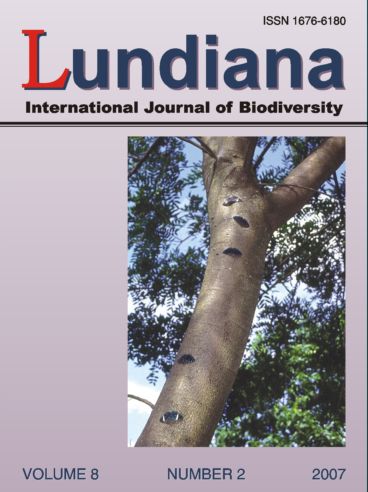Nutritional aspects of Baccharis concinna (Asteraceae), a threatened and endemic species of the Espinhaço Moutain Range, Brazil
DOI:
https://doi.org/10.35699/2675-5327.2007.23186Keywords:
Dioecy, plant development, plant nutrition, plant soil relationship, Serra do CipóAbstract
The growth and development of a given plant species under its natural environment is highly influenced by the nutrient availability in the soil. Although much is known about the nutritional requirements of agricultural species, the knowledge on the nutritional needs of wild species and their correlation with the available nutrients and physico-chemical properties of the soil is still rudimentary. This knowledge is crucial for the development of conservation and management of species under extinction threats. Baccharis concinna Barroso (Asteraceae) is a dioecious shrub, endemic and threatened species originally described for two disjunct areas in the Espinhaço mountains in southeast Brazil. The goal of this study was to describe the physico-chemical properties of the soils in which the plant is found and to perform the first analysis of the nutrient content in the shoot tissues of this species in an attempt to find possible positive correlations between soil and tissue nutrient availability. Six populations of B. concinna in Serra do Cipó, MG were studied. At each site we sampled soils and collected shoot samples of three male and three female plants for the nutritional analysis. The soils under B. concinna were acid, nutrient poor and with a high content of aluminium. Nutrient content in the soil and in the tissues varied among the populations sampled. No relationship was found between the availability of nutrients in the soil and that in the B. concinna tissues. These results indicate that B. concinna may be a species without strong nutritional requirements that adapt well on soils with low nutritional quality.
Downloads
Downloads
Published
How to Cite
Issue
Section
License

This work is licensed under a Creative Commons Attribution-NonCommercial 4.0 International License.

